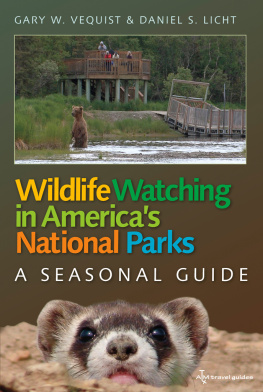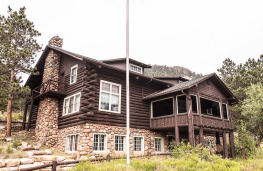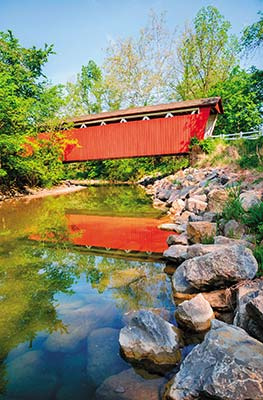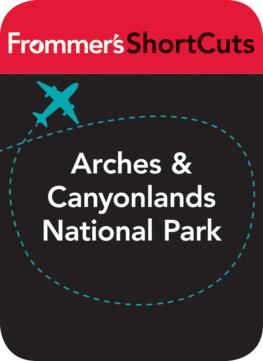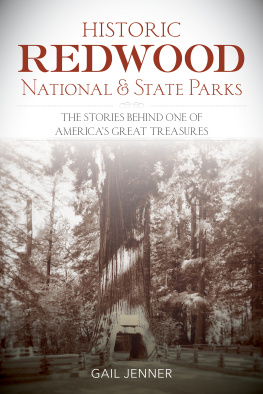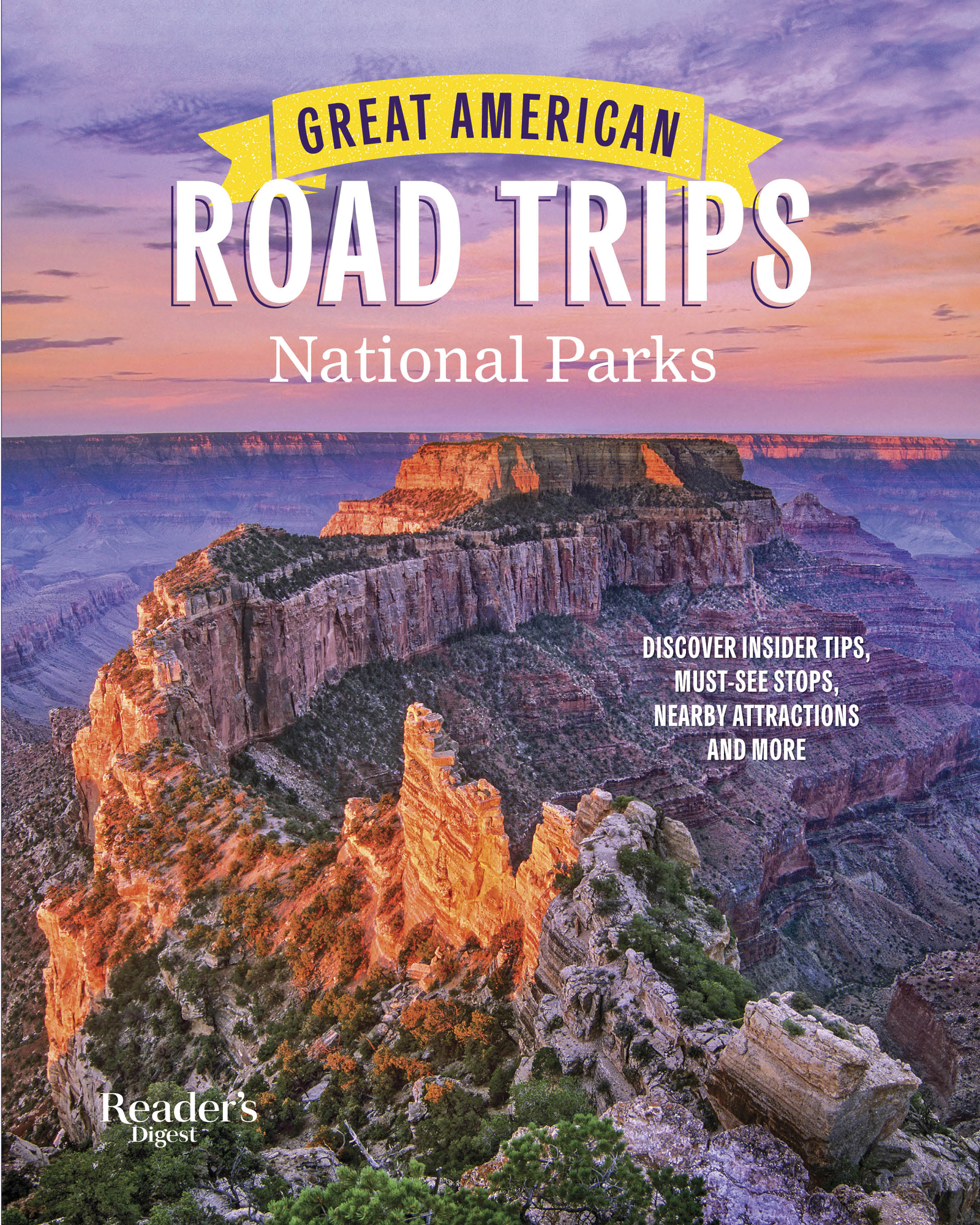Great Smoky Mountains National Park and its spring rhododendron and blackberry blooms.

JASON SPONSELLER/SHUTTERSTOCK
Wildlife birds on the beach in Cape Canaveral.
PICTURED ON FRONT COVER
Wotans Throne at Cape Royal on the North Rim in Grand Canyon National Park, Arizona, by Tim Fitzharris
ILLUSTRATIONS Anna Simmons
ADDITIONAL PHOTO INFORMATION
: 1916: Library of Congress/Getty Images; 1927: Trigger Image/Alamy Stock Photo; 1933: Everett Collection Inc/Alamy Stock Photo; 1935: Charles Johnson/Getty Images; 1958: John Springer Collection/Getty Images; 1968 (Shoshone Falls, Idaho): muddymari/Getty Images; 1968 (Glacier Point, Yosemite): Smith Collection/Getty Images; 1994: benedek/Getty Images; 1995: Steve McKinzie/Getty Images; 2015: Arterra/Getty Images; 2016: Robert Alexander/Getty Images
: Cathedral Spires, Yosemite National Park, California, by Tim Fitzharris
: Balanced Rock, Big Bend National Park, Texas, by Tim Fitzharris
: Petit Portal arch, Pictured Rocks National Lakeshore, Michigan, by John McCormick
: Bass Harbor Head Light Station, Acadia National Park, Maine, by Ultima_Gaina/Getty Images
2021 RDA Enthusiast Brands, LLC.
1610 N. 2nd St., Suite 102
Milwaukee, WI 53212-3906
INTERNATIONAL STANDARD BOOK NUMBER
978-1-62145-729-9 (Hardcover)
978-1-62145-730-5 (Paperback)
978-1-62145-581-3 (eBook)
LIBRARY OF CONGRESS CONTROL NUMBER
2020950715
COMPONENT NUMBER
116500102H
All rights reserved.
MAJESTY PRESERVED
THE NEXT TIME you gaze into a stunning canyon stretching to the horizon, think of our personal freedoms. When you stare incredulously at a towering mountain range, consider the rich benefits of our democratic republic, and know that conserving land for the publics enrichment was a uniquely American idea at the start. The terrific momentum generated by Theodore and Franklin Delano Roosevelt to expand parklands in the early decades of the 20th century was unprecedented.
With minimal presidential power for such conservationist action at the time, only four national parks existed when Theodore became president in 1901but landmark action was just over the horizon. By the time he left office in 1909, Americans enjoyed four more national parks, 18 national monuments, 51 federal bird sanctuaries, four national game preserves and 150 national forests, totaling 230 million acres of additional land set aside for public use.
Following his cousins trailblazing, FDR improved parks while easing unemployment when he was president. As part of his New Deal relief program, FDR authorized the formation of the military-style Civilian Conservation Corps. Enrollees based in state and national parks advanced the conservation cause by reforesting land, fighting forest fires, creating or improving hiking trails, constructing fire lookout towers, building or restoring park lodges and more. In addition, FDRs Works Progress Administration employed artists from 1938 to 1941 to create eye-catching promotional posters for the parks. FDR not only added Olympic and Kings Canyon to the national parks list but also put many national monuments and all historic military sites under the umbrella of the National Park Service.
Other figures in American history helped maintain, grow and preserve the parks as well. John Muir is often called father of the National Park System because of his advocacy for nature and his impassioned writings, which played an essential role in the establishment of Yosemite National Park, as well as the lands that would one day become Grand Canyon, Sequoia, Mount Rainier and Petrified Forest national parks.

COURTESY OF LIBRARY OF CONGRESS
Posters created in the 1930s by the Works Progress Administration to promote the parks.
Stephen T. Mather played an integral role in a key component of our parks: the National Park Service. Mather convinced Congress of the need for a National Park Service, and, in 1917, he became its first director. During his 12-year tenure, Shenandoah, Great Smoky Mountains and Mammoth Cave were added to the list of Americas glorious protected lands.
New parks were added throughout the 20th century, with the aim of preserving nature, the land it calls home and the history contained within it. Michigans Pictured Rocks became the countrys first national lakeshore in 1966; Californias Redwood, which houses the tallest trees on Earth, earned its national park designation two years later. And the number climbs still. With the addition of New River Gorge National Park in January 2021, awe-inspiring lands continue to be set aside for the appreciation and inspiration of future generations.
Our parks have proven instrumental in the protection of endangered and threatened species as well. Yellowstone played a key role in bolstering the populations of the American bison and gray wolf. Both species faced extreme challenges to their survival, but protection efforts at Yellowstone have allowed these animals a safe place to roam. Today, our parks are home to more than a thousand endangered or otherwise at-risk plants and animals, and they provide them a haven free from unlimited human interference.
Our national parks attracted more than 300 million visitors in 2019. Altogether, these travelers spent more than 1 billion hours hiking, biking, canoeing, sightseeing and more.
With this book, our wish is to provide a unique guide to these freedom-filled lands and emphasize why theyre so special. Nature has risen recently on the list of popular American pastimes, but whether youre planning a trip or vacationing in your armchair, youll enjoy fascinating stories and photos submitted by Country readers that speak to the majesty of these lands and their continued appeal.

PICTORIAL PRESS/ALAMY STOCK PHOTO
Conservationist John Muir, right, with President Theodore Roosevelt at Glacier Point, Yosemite National Park, in 1906.

BETTMANN ARCHIVE/GETTY IMAGES
President Franklin D. Roosevelt visits a Civilian Conservation Corps camp.
Were excited that youre venturing into the glorious American wilderness with us, and we hope this book inspires you to treasure and explore these wondrous places in our country.
EDITORS OF COUNTRY
THE PARKS THROUGH THE YEARS


